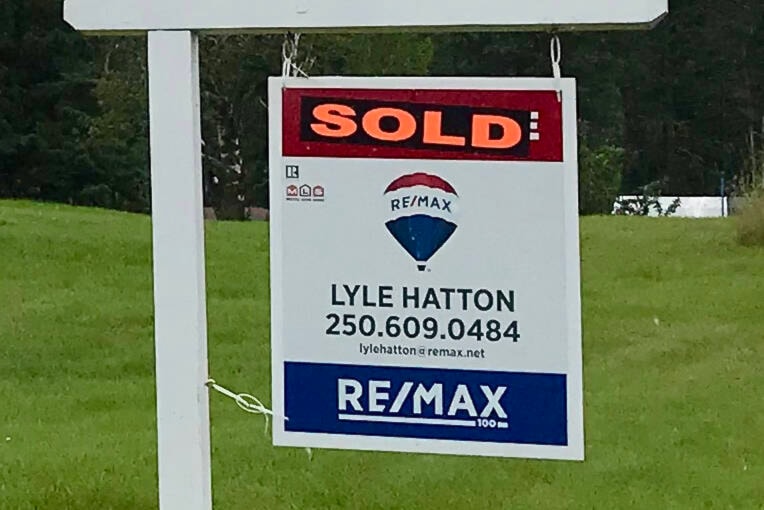The South Cariboo welcomed more people over the past five years, with most of them settling in rural pockets across the region.
While the District of 100 Mile House added only 10 people since 2016, and the Village of Clinton lost 73 residents, there were spikes in rural areas in both the Cariboo Regional District and Thompson-Nicola Regional District, according to the latest Census data released last week.
The growth corresponds with a mini-real estate boom seen in the South Cariboo over the past two years, partly credited to the COVID-19 pandemic.
In the TNRD’s Bonaparte Plateau, for instance, the population grew by 6.2 per cent over the past five years - a marked change from the previous census when it had dropped by 20 per cent. That electoral area stretches from 16 Mile to 76 Mile and includes parts of Green Lake, as well as Bonaparte Lake to Churn Creek. It does not include Clinton, which dropped by 11.4 per cent to 568 residents.
“It’s definitely the pandemic,” said Sally Watson, director for Bonaparte Plateau. “When the pandemic came to greet us hard in the face and people started to realize they could work from home, they looked at their cabins out at the lakes and said ‘we can work from there.’ All you have to do is drive along the lake and see it.”
In the CRD, Electoral Area L -Lone Butte-Interlakes - saw one of the biggest jumps, recording a 13.4 per cent increase in population, from 4,204 residents in 2016 to 4,769.
Electoral Area H (Forest Grove - Canim Lake) followed with a 5.6 per cent growth spike, from 1,784 to 1,884 residents, while Area G - 108 Mile-Lac La Hache - grew by three per cent, bringing the number of residents in that community from 5,156 to 5,312.
In those electoral areas, specific unincorporated communities like Forest Grove saw one of the biggest spikes, with 14.6 per cent growth, bringing that area’s population up from 295 to 338. Lac La Hache also grew by 8.9 per cent since 2016, with 281 people now calling that area home.
The populous 108 Mile Ranch only recorded an 0.8 per cent bump, with the number of residents rising from 2,577 to 2,597 over the past five years. Overall, the Cariboo Regional District, meanwhile, saw 1.5 per cent growth over the past five years. Its population now sits at 62,931.
In 100 Mile, the population is now at 1,928, according to the Census.
Ron Kelly, manager of Royal LePage 100 Mile Realty, said the demand for real estate continues to be high as people look to move out of the urban centres. But while they would previously have about 350 listings at a time, they are now down to about 100.
“We can sell every piece of property we get. The problem is the listings are down,” he said, adding those properties go like hotcakes and sell within 15 to 30 days.
“We have people phoning all the time on Tuesday or Wednesday. They say ‘we’re coming up on the weekend to look at this such and such a house.’ I tell them to cross their fingers,” Kelly said. “I tell them ‘if there’s a house you’re interested in, get the car now.’”
The growth in the South Cariboo is indicative of a trend across B.C., which saw its population increase 7.6 per cent, from 4.6 million people in 2016 to 5 million in 2021. The datas show Canada’s population grew by 5.2 per cent from 2016 through 2021, bringing the nation’s total to just under 37 million people. Canada remains the fastest-growing country in the G7, thanks in large part to immigration.
Most of the population increase in Canada came in the first four of those years, the data indicates. The final year, during the pandemic, had the lowest growth since the First World War.
kelly.sinoski@100milefreepress.net
Like us on Facebook and follow us on Twitter
